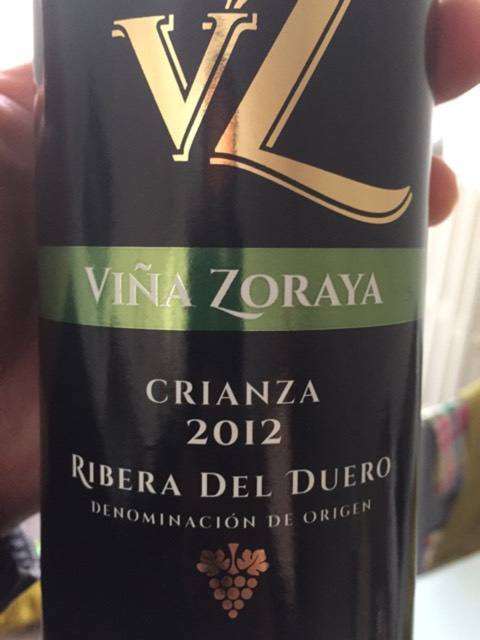“The Grand Board may be taking on a greater role in resolving trademark law issues in Europe due to the impact of Article 58a, which introduces a filter on appeals from the EU General Court to the Court of Justice of the EU, in 2019.”
 The International Trademark Association (INTA) submitted observations in a trademark case before the European Union Intellectual Property Office (EUIPO) Grand Board of Appeal on April 1. The case concerns the similarity of goods in Class 32 (non-alcoholic beverages, including flavored carbonated beverages, waters and vitamin-enriched sparkling water, as well as beers) and goods in Class 33 (alcoholic beverages except beers, including wines, spirits, liqueurs, and alcoholic preparations for making beverages).
The International Trademark Association (INTA) submitted observations in a trademark case before the European Union Intellectual Property Office (EUIPO) Grand Board of Appeal on April 1. The case concerns the similarity of goods in Class 32 (non-alcoholic beverages, including flavored carbonated beverages, waters and vitamin-enriched sparkling water, as well as beers) and goods in Class 33 (alcoholic beverages except beers, including wines, spirits, liqueurs, and alcoholic preparations for making beverages).
The dispute arose after the owner of the mark VIÑA ZORAYA, registered in Class 33, filed an opposition to an EUTM application for ZORAYA in Class 32 based on Article 8(1)(b) EUTMR. The opposition was rejected on the basis that the goods were dissimilar.
On appeal, the Fourth Board said that further clarification on the similarity or dissimilarity of alcoholic and non-alcoholic beverages was needed.
Three Key Issues
INTA argues that the case presents three issues:
- Under what circumstances can the goods of Class 32 be deemed similar (to whatever extent) to goods of Class 33? The view that the goods are fundamentally dissimilar may be too rigid and inconsistent with market practice, as alcoholic and non-alcoholic beverages are mixed and consumed and even sold together. Moreover, there is a trend in the beverages industry towards no- and low-alcohol beverages, as alternatives to alcoholic drinks. INTA argues that “under the current market trends and reality, the presence of alcohol or the degree of alcohol may not be a safe and sole, by default, determinative criterion of similarity/dissimilarity.” The assessment should therefore be made case by case.
- The test should not be whether the relevant public can make a distinction between the two sets of goods involved. It should only be whether, on the basis of the relevant factors relating to the goods (such as their nature, intended purpose, method of use, competitive or complementary character and distribution channels) similarity can be found.
- There is no justification for an absolute consideration that there is a fundamental dissimilarity between Class 32 and Class 33 goods. In this case, therefore, the Opposition Division was wrong to rule out similarity based on that consideration.
The observation concludes: “INTA believes that the Grand Board should make a detailed assessment and find similarity to a certain extent with respect to all or at least part of the goods covered by the marks at issues rather than ruling out such similarity simply because there would be a ‘fundamental dissimilarity’ between the two sets of goods concerned.”
Importance of Grand Board
The case reference is R 964/2020 and it was referred on November 25, 2020. The Grand Board comprises nine members drawn from the Boards of Appeal and is expected to hear the case later this year.
The Grand Board previously addressed this issue in case R 1720/2017-G, Iceberg. In its decision of January 21, 2019, the Grand Board found that “mineral water and aerated water; non-alcoholic beverages; fruit beverages and fruit juices” were dissimilar to “vodka.” However, decisions of the General Court and Boards of Appeal have diverged since then.
This is the fourth time INTA has submitted observations to the Grand Board since December 2020. Last month, it commented on the George Orwell cases on names and titles (see IPWatchdog post here).
The Grand Board may be taking on a greater role in resolving trademark law issues in Europe due to the impact of Article 58a, which introduces a filter on appeals from the EU General Court to the Court of Justice of the EU, in 2019.
Article 58a has been interpreted strictly, with most if not all appeals being refused by the CJEU. That means one route for reconciling divergent judgments has been narrowed. The Grand Board is an alternative way to address the problem of divergence.
You can see a list of all pending Grand Board cases here.

![[IPWatchdog Logo]](https://ipwatchdog.com/wp-content/themes/IPWatchdog%20-%202023/assets/images/temp/logo-small@2x.png)

![[[Advertisement]]](https://ipwatchdog.com/wp-content/uploads/2024/04/Patent-Litigation-2024-banner-938x313-1.jpeg)
![[Advertisement]](https://ipwatchdog.com/wp-content/uploads/2024/04/UnitedLex-May-2-2024-sidebar-700x500-1.jpg)
![[Advertisement]](https://ipwatchdog.com/wp-content/uploads/2024/04/Artificial-Intelligence-2024-REPLAY-sidebar-700x500-corrected.jpg)
![[Advertisement]](https://ipwatchdog.com/wp-content/uploads/2024/04/Patent-Litigation-Masters-2024-sidebar-700x500-1.jpg)

![[Advertisement]](https://ipwatchdog.com/wp-content/uploads/2021/12/WEBINAR-336-x-280-px.png)
![[Advertisement]](https://ipwatchdog.com/wp-content/uploads/2021/12/2021-Patent-Practice-on-Demand-recorded-Feb-2021-336-x-280.jpg)
![[Advertisement]](https://ipwatchdog.com/wp-content/uploads/2021/12/Ad-4-The-Invent-Patent-System™.png)






Join the Discussion
No comments yet.